PRODUCT OVERVIEW
Cardioid condenser microphone delivers a smooth, neutral sound reproduction with full character and consists of a microphone, a padded, zippered carrying bag, and a swivel mount.
An embossed single-diaphragm, side-address, cardioid condenser microphone for highly critical studio recording and live sound productions. The Shure KSM32 offers an extended frequency response for an open, natural sounding reproduction of the original sound source.
?
Class A, transformerless preamplifier circuitry eliminates cross-over distortion for improved linearity across the full frequency range.
The embossed, high-compliance diaphragm provides extended low-frequency response.
Ultra-thin, gold-layered, low-mass, Mylar??diaphragm for excellent transient response
15 dB attenuation switch for handling extremely high sound pressure levels (SPL)
A switchable low-frequency filter provides greater flexibility to reduce background noise or to counteract proximity effect.
Integrated three-stage pop protection grille reduces “pop” and other breath noise
Internal shock mount reduces transmission of handling noise
Replacement cartridge: RK374
Performance Characteristics
Extended frequency response
Very low self-noise
Exceptional low-frequency reproduction
High output level
High input SPL capability
No cross-over distortion
Extremely uniform polar response
Superior common-mode rejection and suppression of radio frequency interference
Applications
Some typical applications for the KSM32 are listed below. Microphone use, however, is a matter of personal taste. The KSM32 may be used for a variety of applications other than those listed.
Voice — solo, background, voice-over, broadcasting
Acoustic instruments — such as piano, guitar, drums, percussion, strings
Wind instruments — brass and woodwind
Low frequency instruments — such as double bass, electric bass, kick drum
Overhead miking — drums or percussion
Ensembles — choral or orchestral
Room ambiance pick-up — guitar amplifier or drums
Both the acoustic environment and microphone placement have significant effects on the sound obtained when miking a source. You may need to experiment with these variables to achieve the best overall sound for each application.
Only logged in customers who have purchased this product may leave a review.






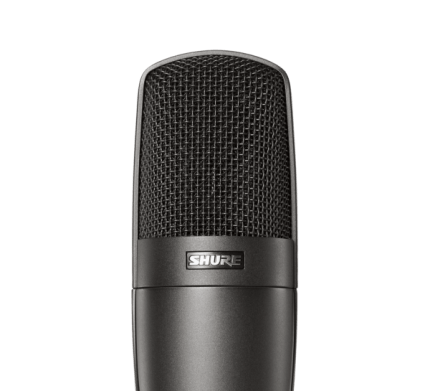
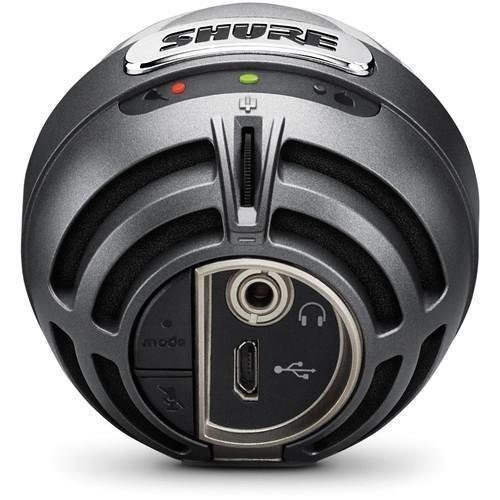
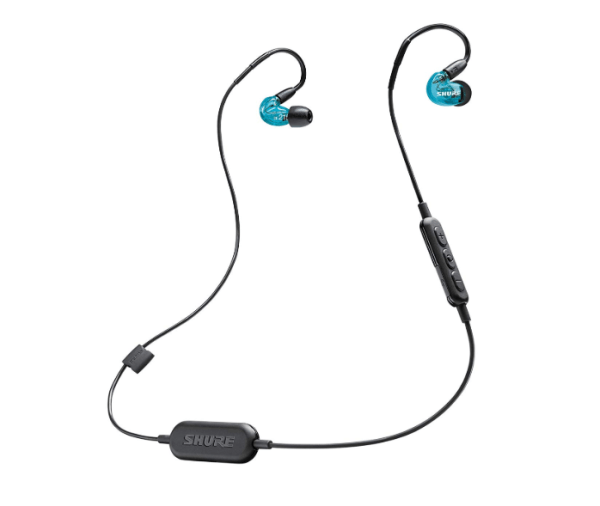
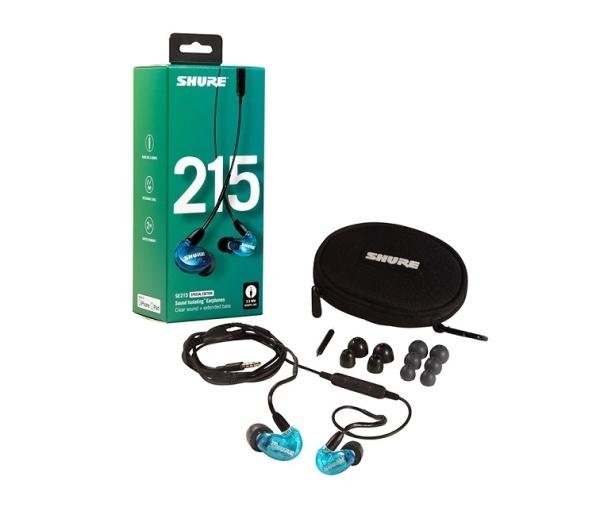
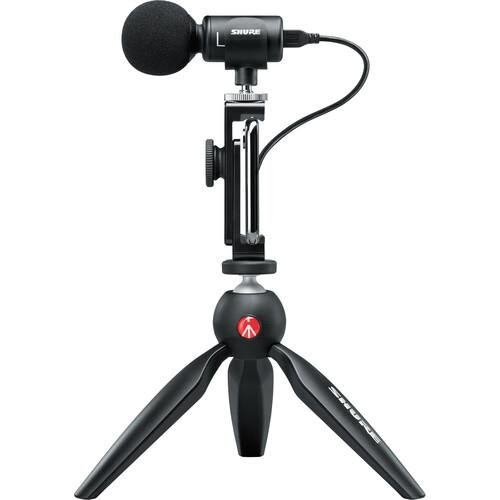
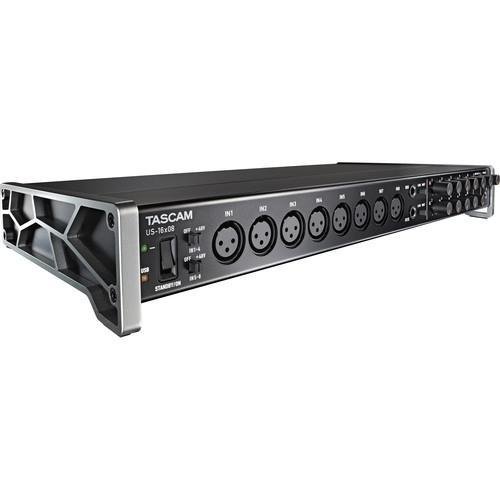
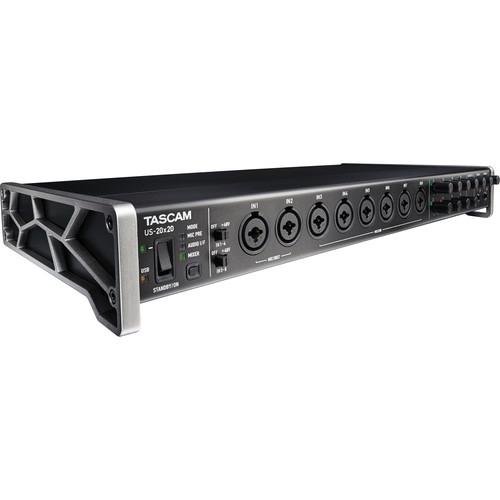
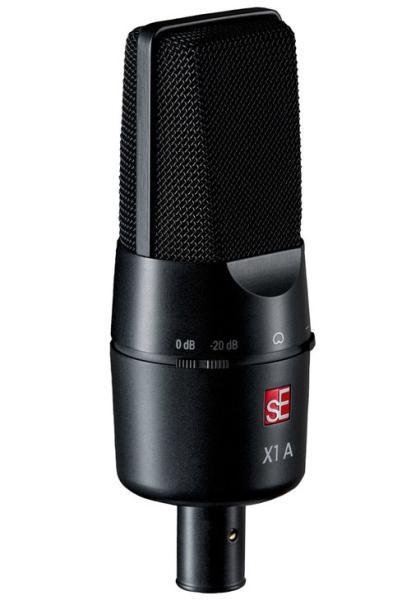
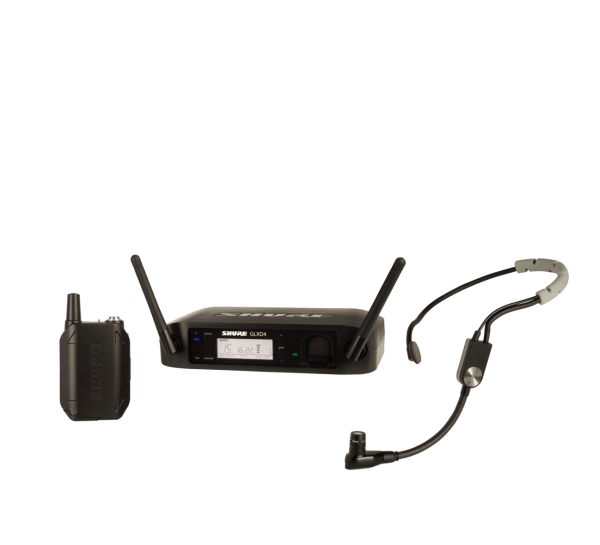
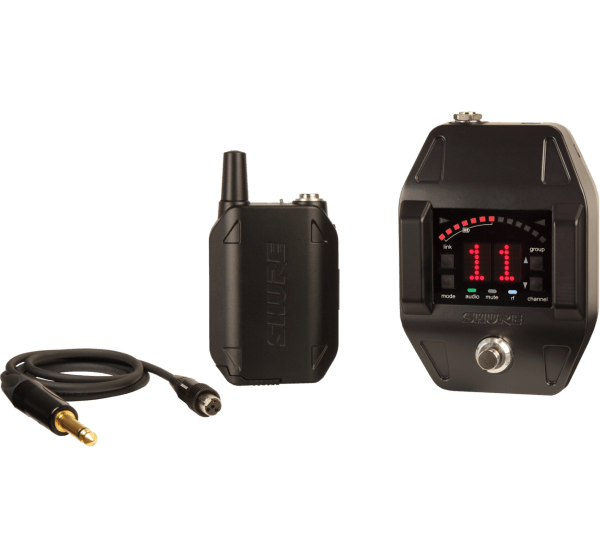
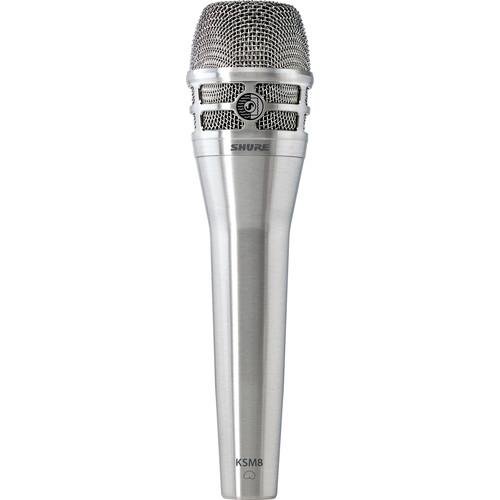
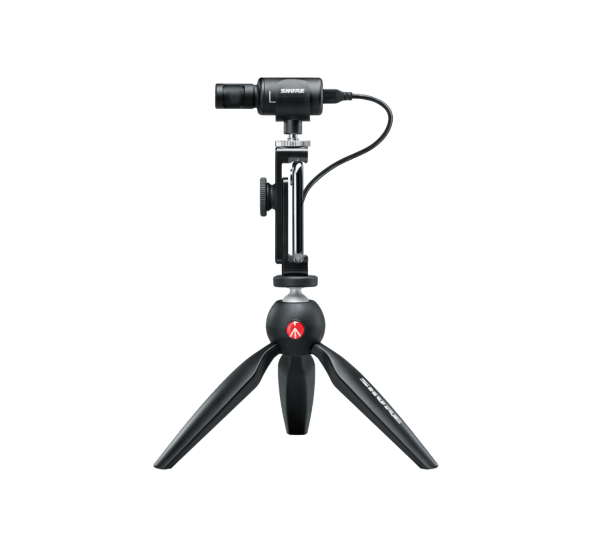












Reviews
There are no reviews yet.